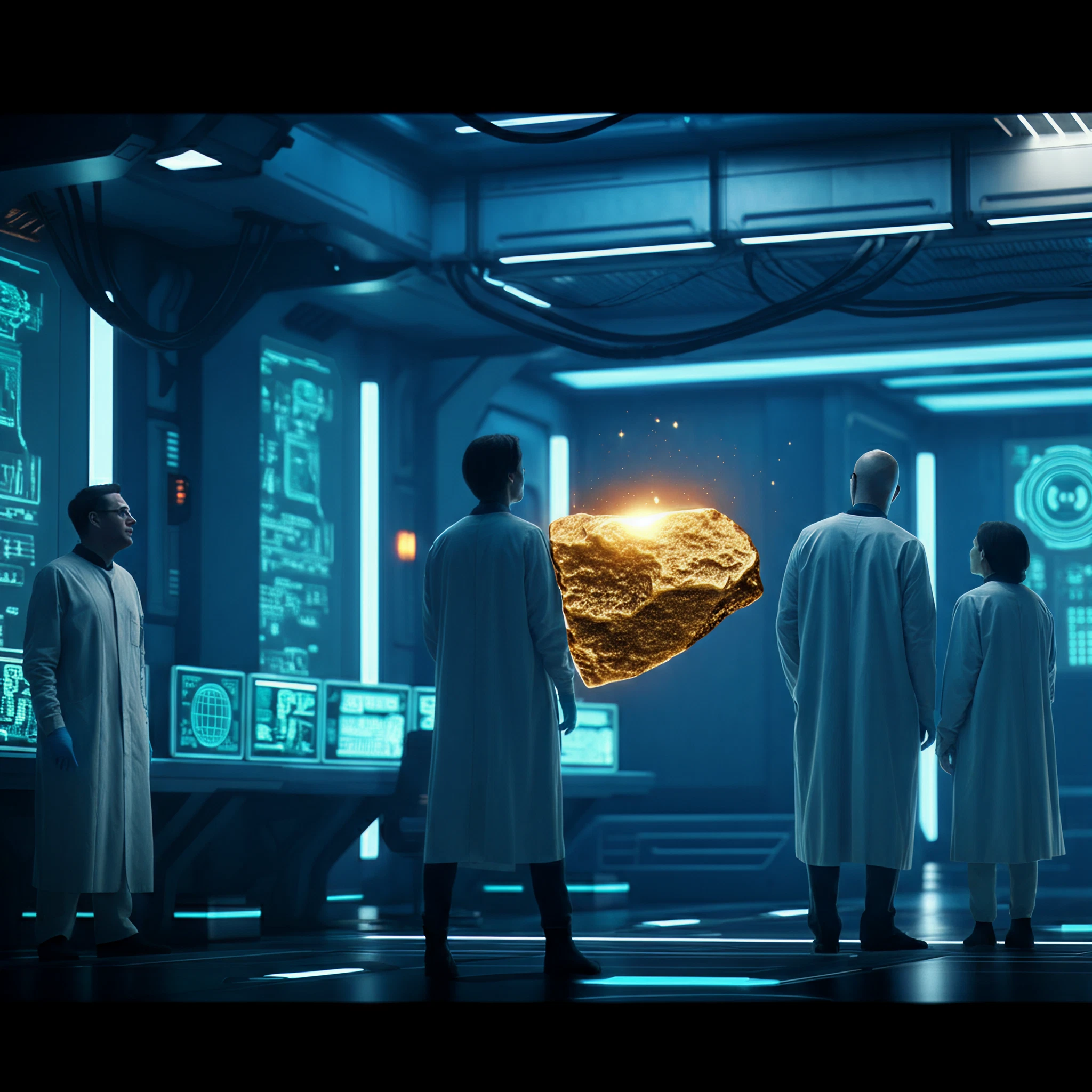For centuries, the dream of turning lead into gold captivated alchemists. While the pursuit was once considered a fantastical endeavor, modern science has shown that this transformation is not only possible but has been achieved—for a fraction of a second. Let’s explore how physicists at CERN turned the impossible into reality at the Large Hadron Collider (LHC).
The Science Behind Transforming Lead Into Gold
The process of turning lead into gold isn’t magic; it’s pure nuclear physics. At the heart of this transformation lies nuclear transmutation, the process of changing one element into another by altering the nucleus of an atom.
What Are Elements and Isotopes?
Every element is defined by the number of protons in its atomic nucleus. For instance:
- Lead has 82 protons.
- Gold has 79 protons.
By removing three protons from lead nuclei, the researchers effectively transformed it into gold. The experiment demonstrates one of the key principles of modern physics—that elements are not fixed; they can change through nuclear reactions.
Using Particle Acceleration
To accomplish this proton-shedding feat, scientists used the world’s largest particle accelerator, the Large Hadron Collider (LHC). Here, massive lead nuclei were accelerated to 99.999993% of the speed of light. At these dizzying speeds, the electromagnetic field surrounding the lead nuclei generated bursts of photons (particles of light).
These photons interacted with the lead atoms in a near-miss collision, a technique known as electromagnetic dissociation. Instead of smashing the atoms together, the interaction caused some nuclei to lose protons and neutrons. Depending on how many protons were shed, lead could transform into other elements like mercury, thallium, or, in the most exciting case, gold.
A Fraction of a Second
While the gold created in this experiment was real, it only existed for less than a second. The gold nuclei were unstable and broke apart almost immediately. Although the transmutation was scientifically groundbreaking, it’s not a pathway for filling jewelry stores with lab-made gold.
The Obstacles
Creating gold using nuclear physics comes with several challenges:
- Massive Energy Requirements: Running the LHC demands immense energy, which makes the process incredibly expensive.
- Fleeting Results: The gold produced is highly unstable and disintegrates almost instantly.
- Economic Impracticality: Even though the experiment produced twice as much gold as previous attempts, the amount was so small that it’s far less than the weight of a grain of sand.
Despite these limitations, the scientific implications are immense. The process helps physicists improve theoretical models and understand complex nuclear reactions.
Practical Applications of the Research
Although the goal was not to produce gold commercially, the study has broader implications:
- Refining Nuclear Physics: The findings help researchers understand electromagnetic dissociation, which is vital for the operation of particle accelerators like the LHC.
- Improving Collider Efficiency: Insights from the experiment may limit beam losses, which are a significant factor in the performance of current and future particle accelerators.
Beyond Alchemy
This experiment isn’t just about satisfying a centuries-old alchemical dream. It’s a testament to the power of human curiosity and the practical applications of advanced physics. The ability to manipulate nuclei at such a precise level demonstrates the incredible potential of science to unlock secrets of the universe.
What’s Next for Particle Physics?
The work at CERN continues to push the boundaries of what’s possible in science. Perhaps future research at the LHC could pave the way for discovering entirely new elements or even revolutionizing materials science.
The question remains—not if we can turn lead into gold, but what groundbreaking science we’ll uncover along the way.
Key Visual Aids for This Article:
1. Infographic on Nuclear Transmutation: A visual showing how lead atoms lose protons to form gold atoms. Annotate with key steps including the use of particle acceleration and electromagnetic dissociation.
2. Image of the ALICE Detector at CERN: Highlight this important part of the Large Hadron Collider that played a pivotal role in the transformation.
3. Concept Illustration of Photon Interaction: Use a diagram to illustrate the near-miss between photons and lead nuclei, leading to the loss of protons.
These visuals will help bring the science to life for readers, aiding understanding of the complex processes at work.








